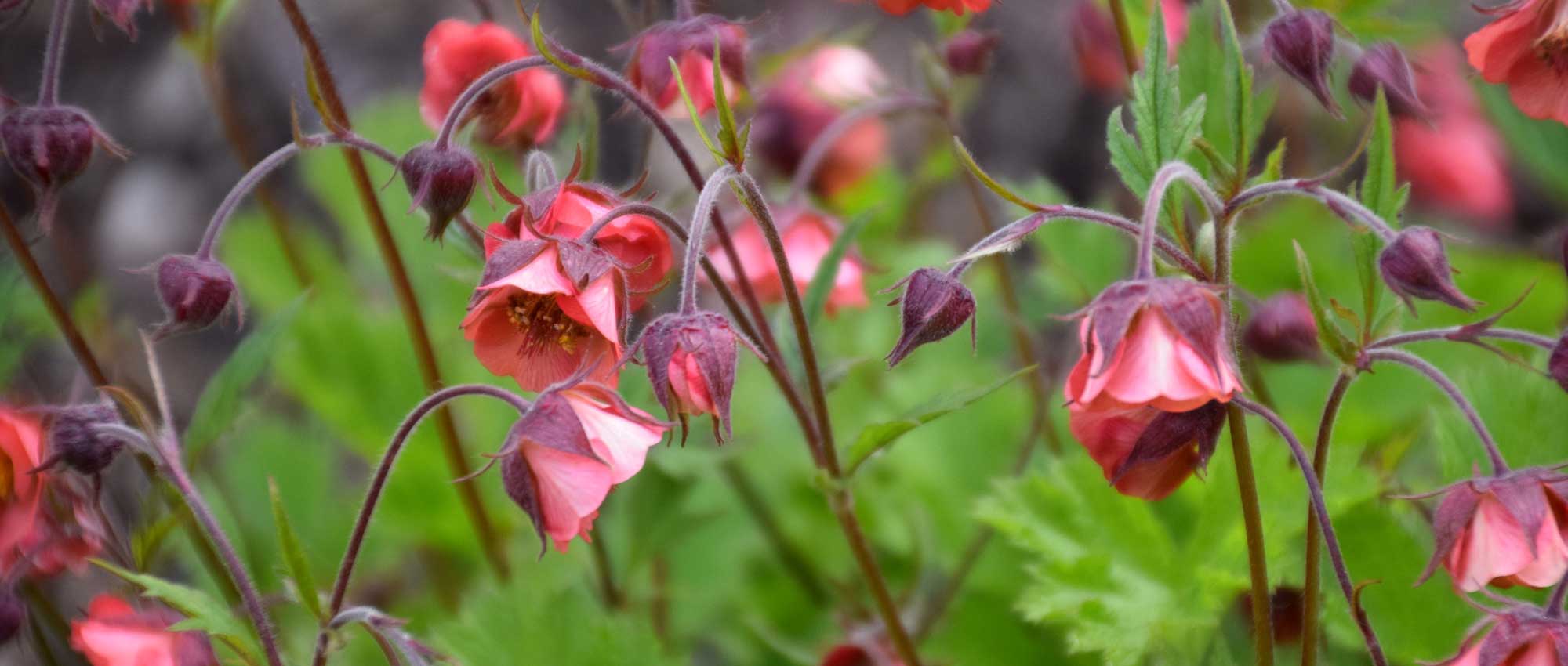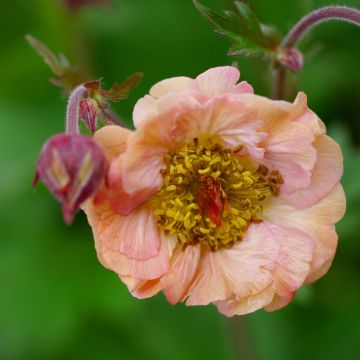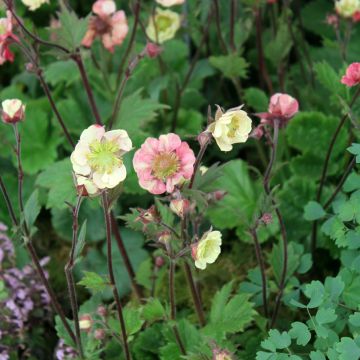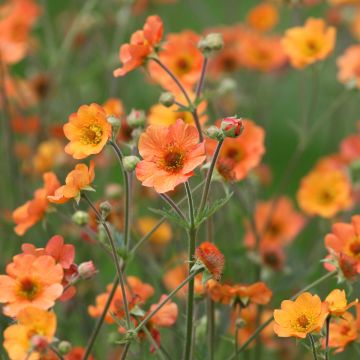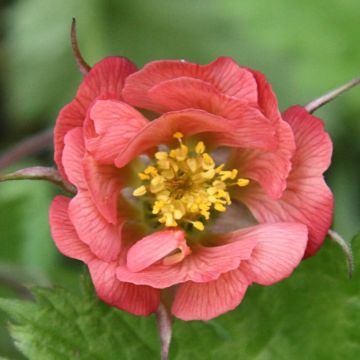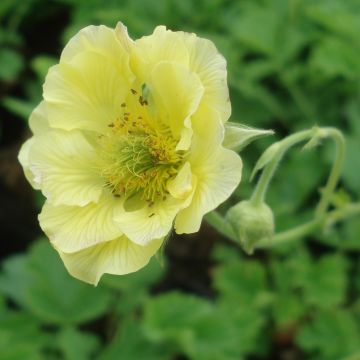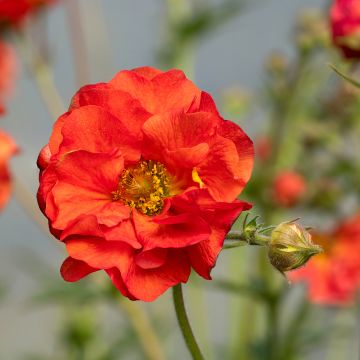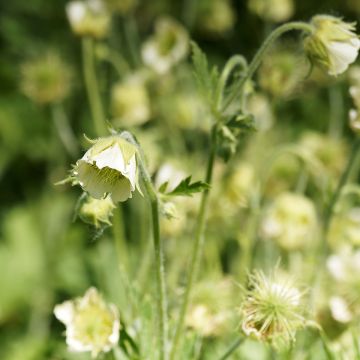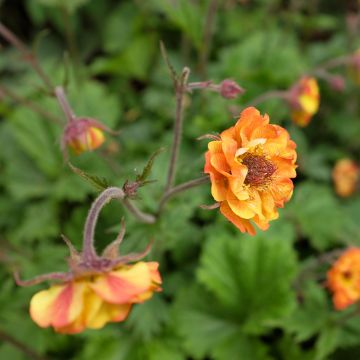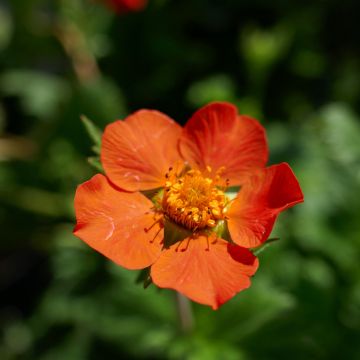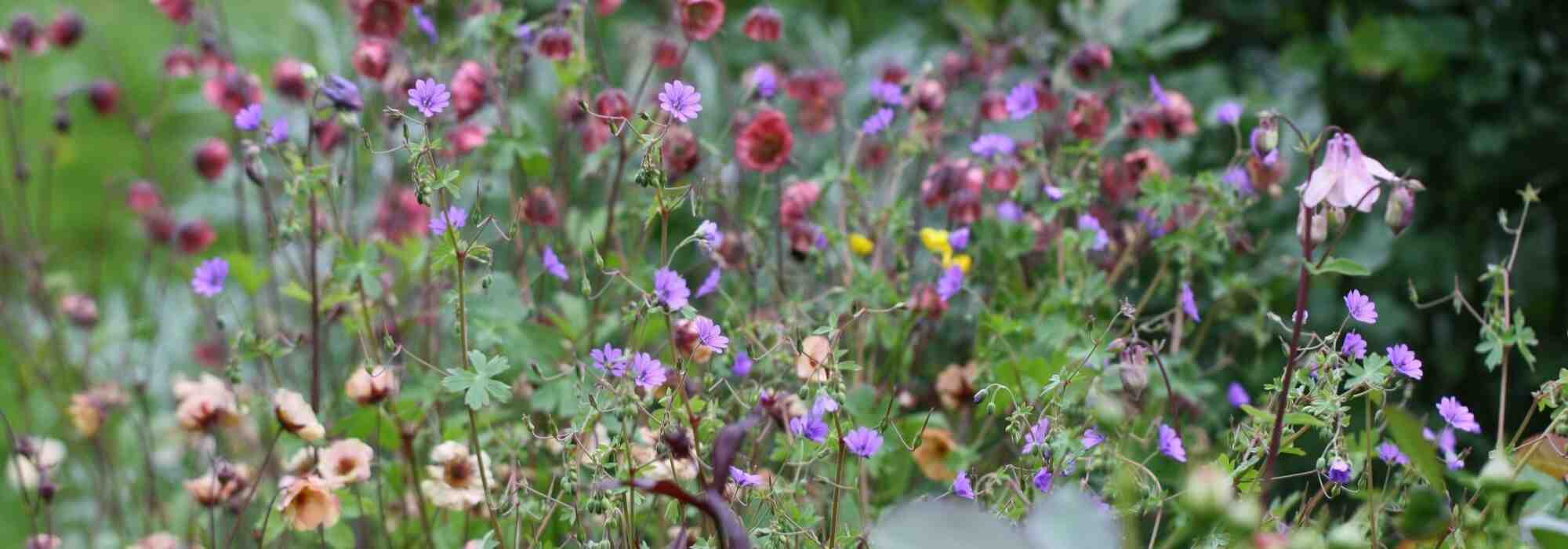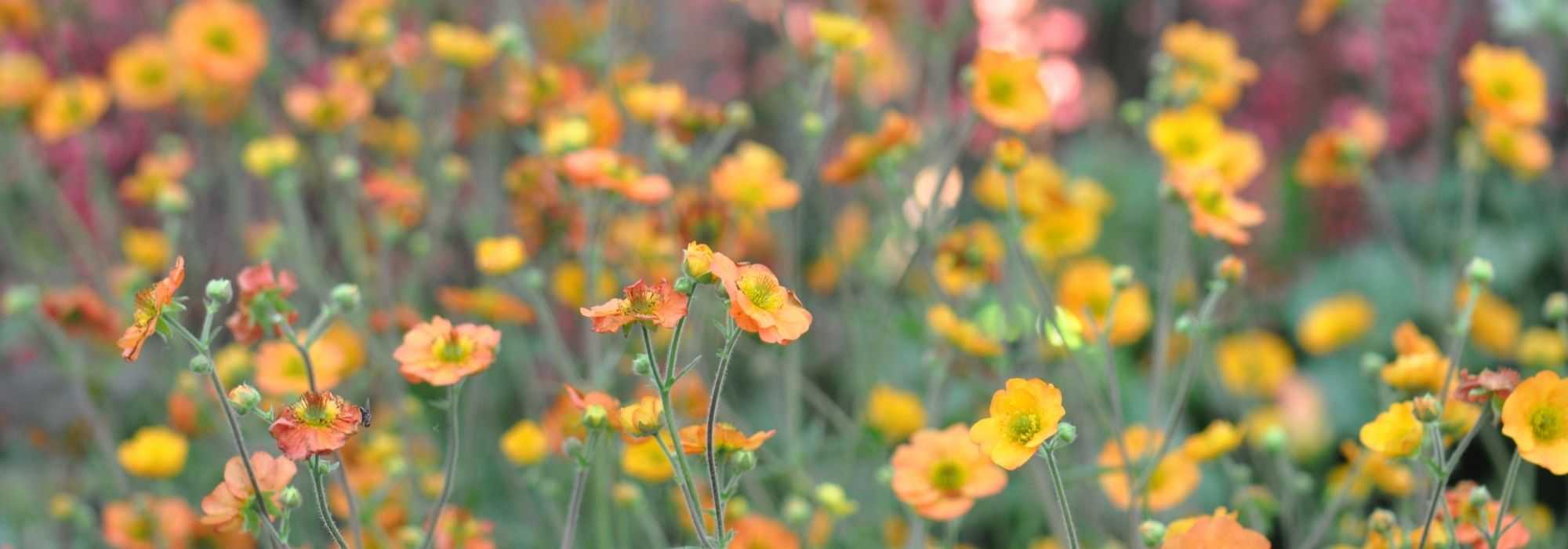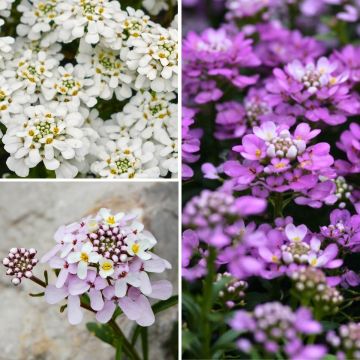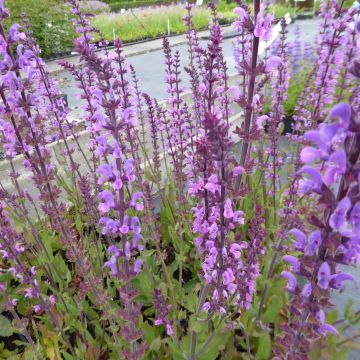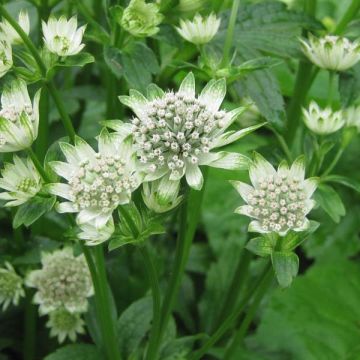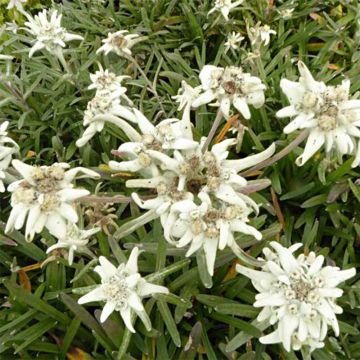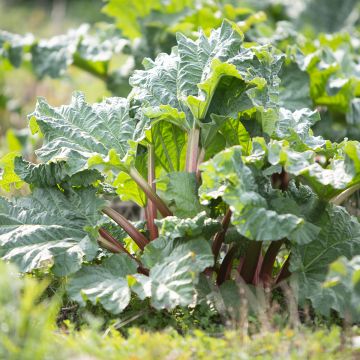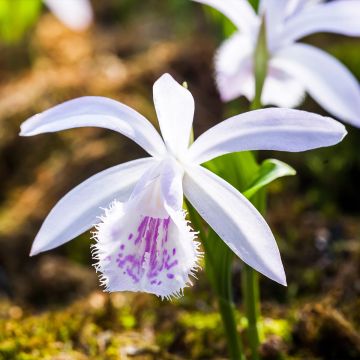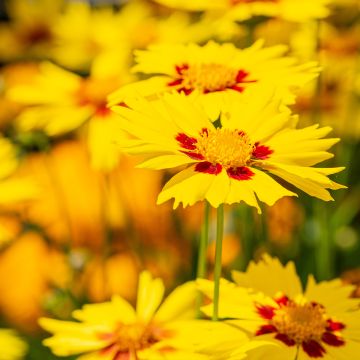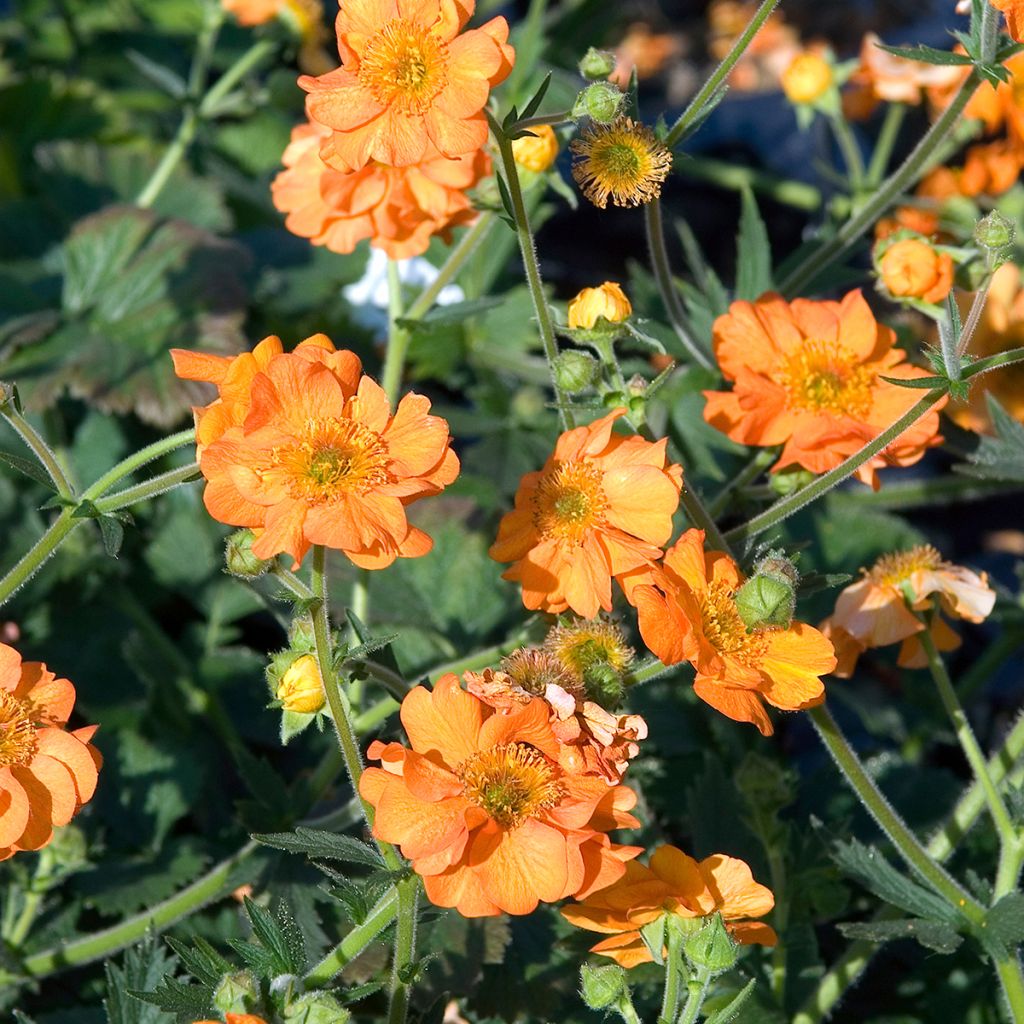

Geum chiloense Dolly North


Geum chiloense Dolly North
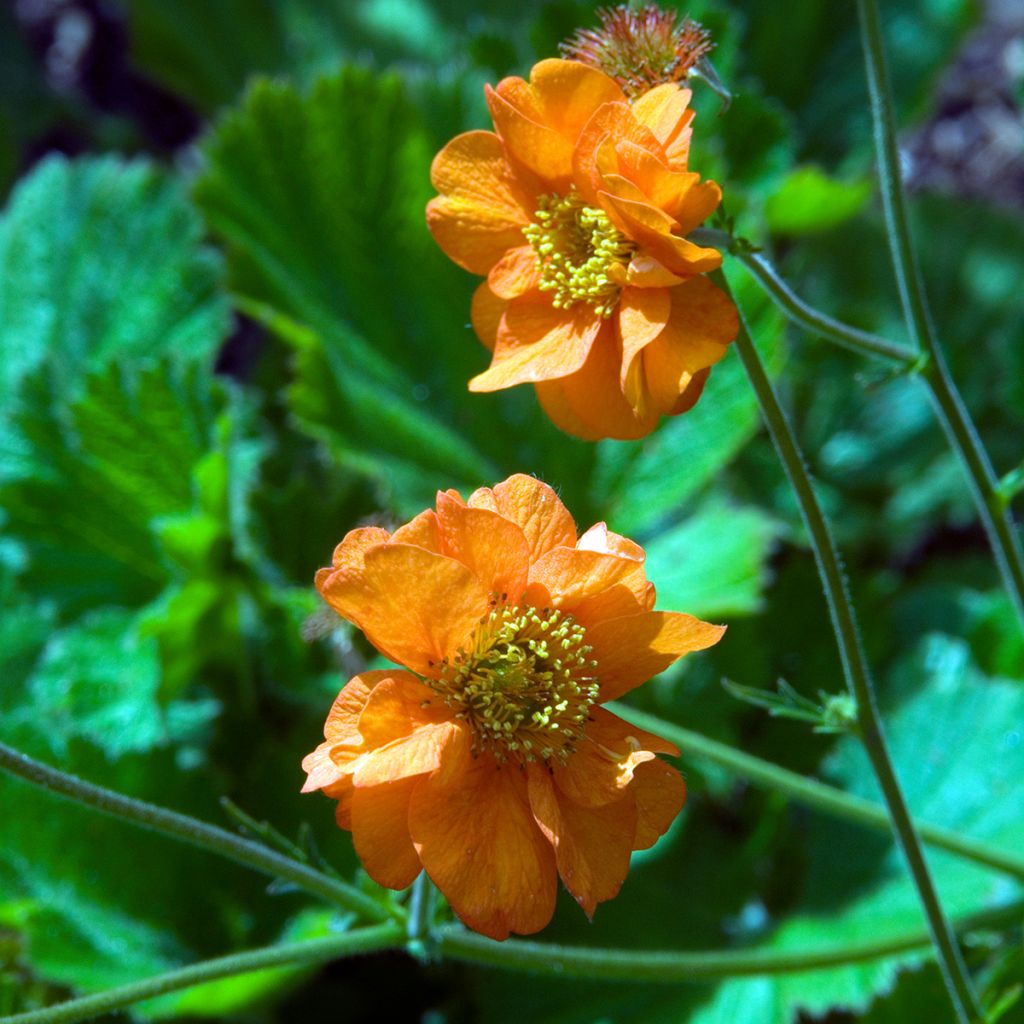

Geum chiloense Dolly North
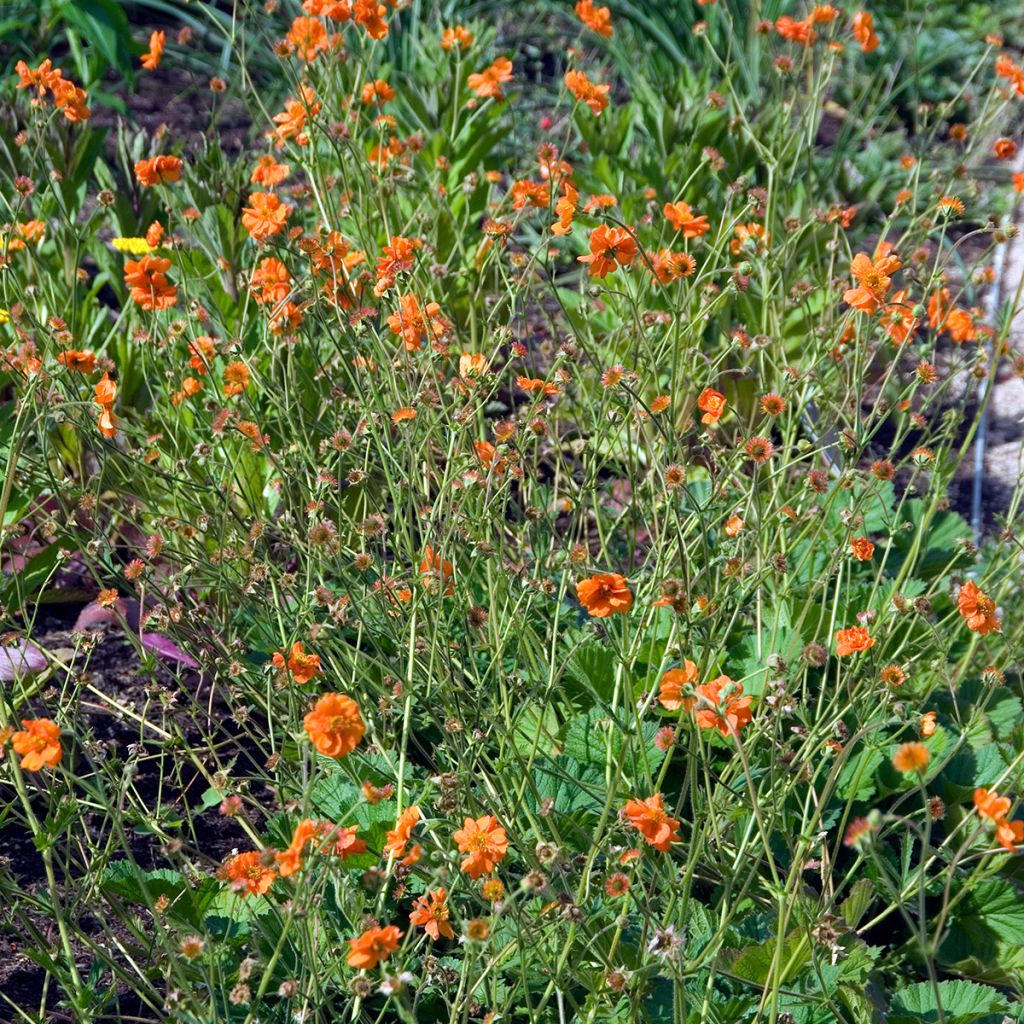

Geum chiloense Dolly North
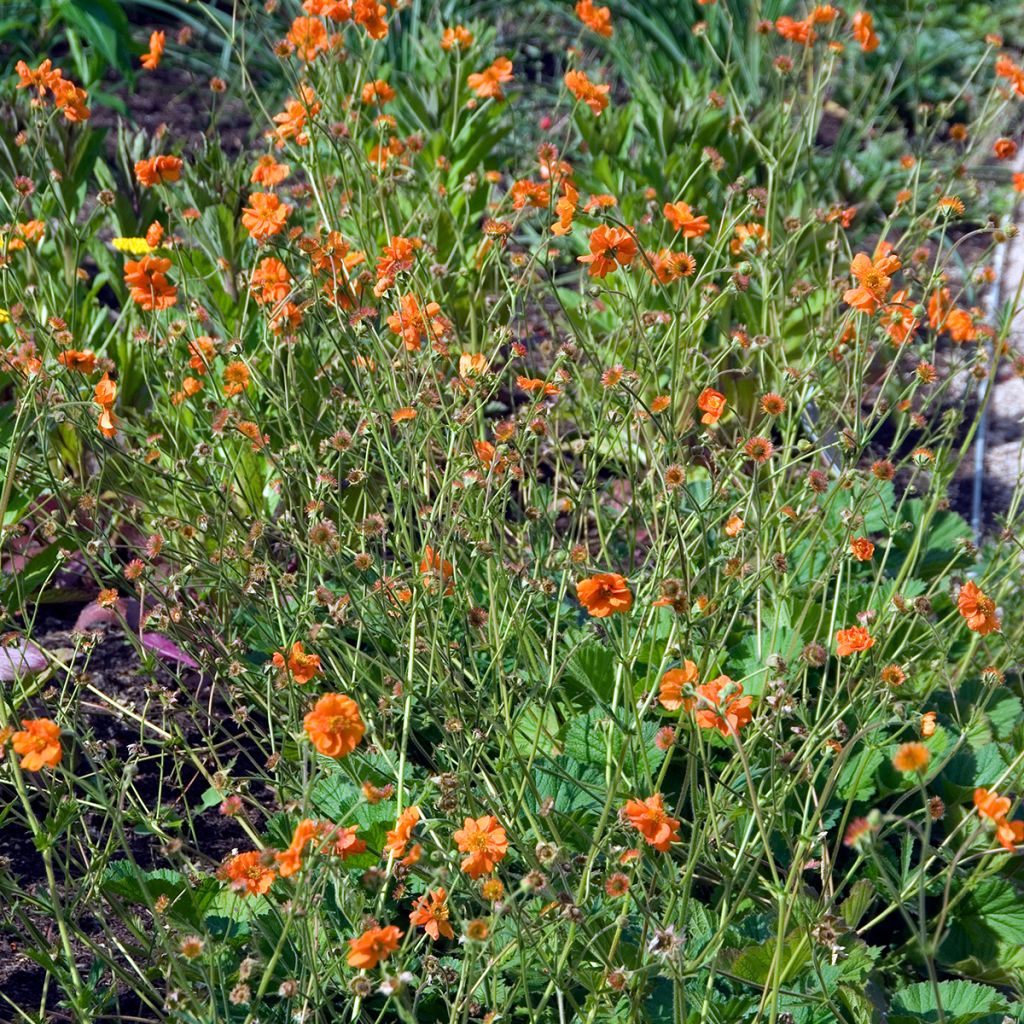

Geum chiloense Dolly North
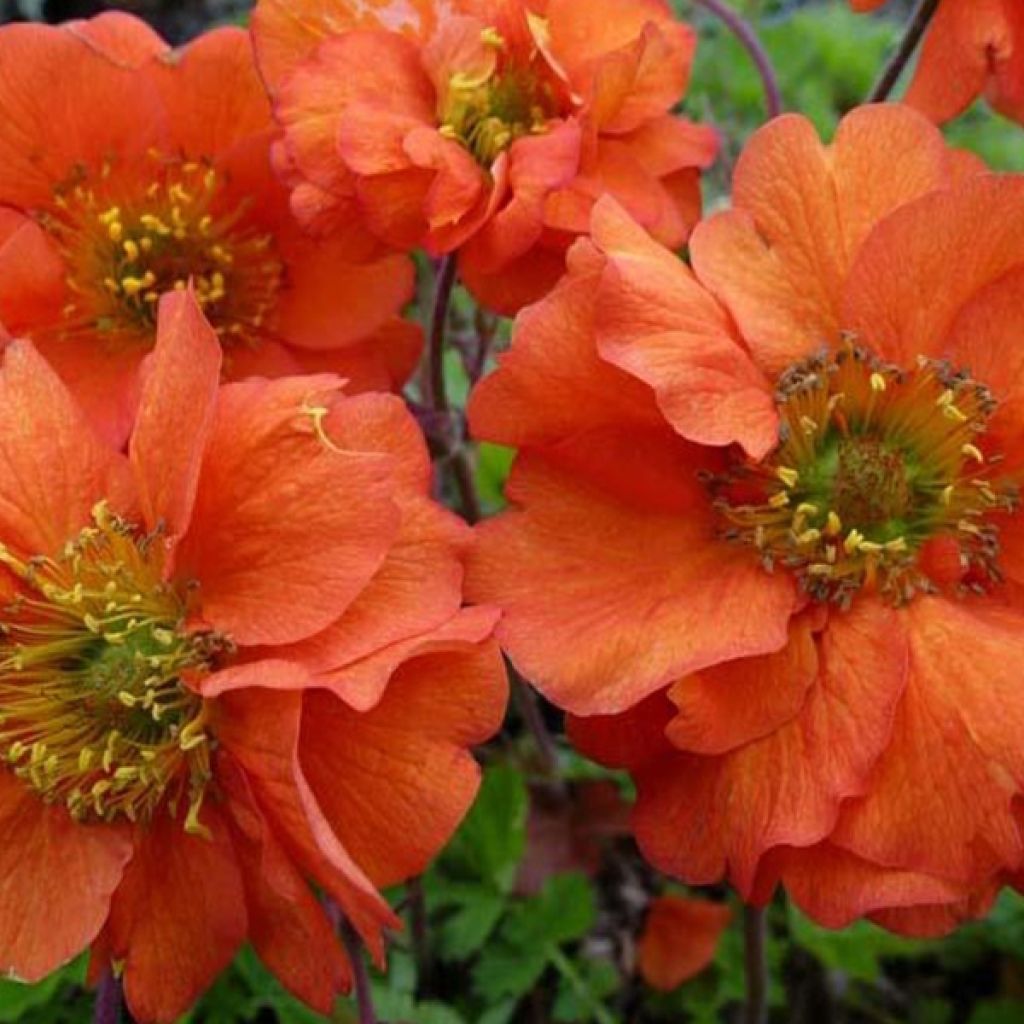

Geum chiloense Dolly North
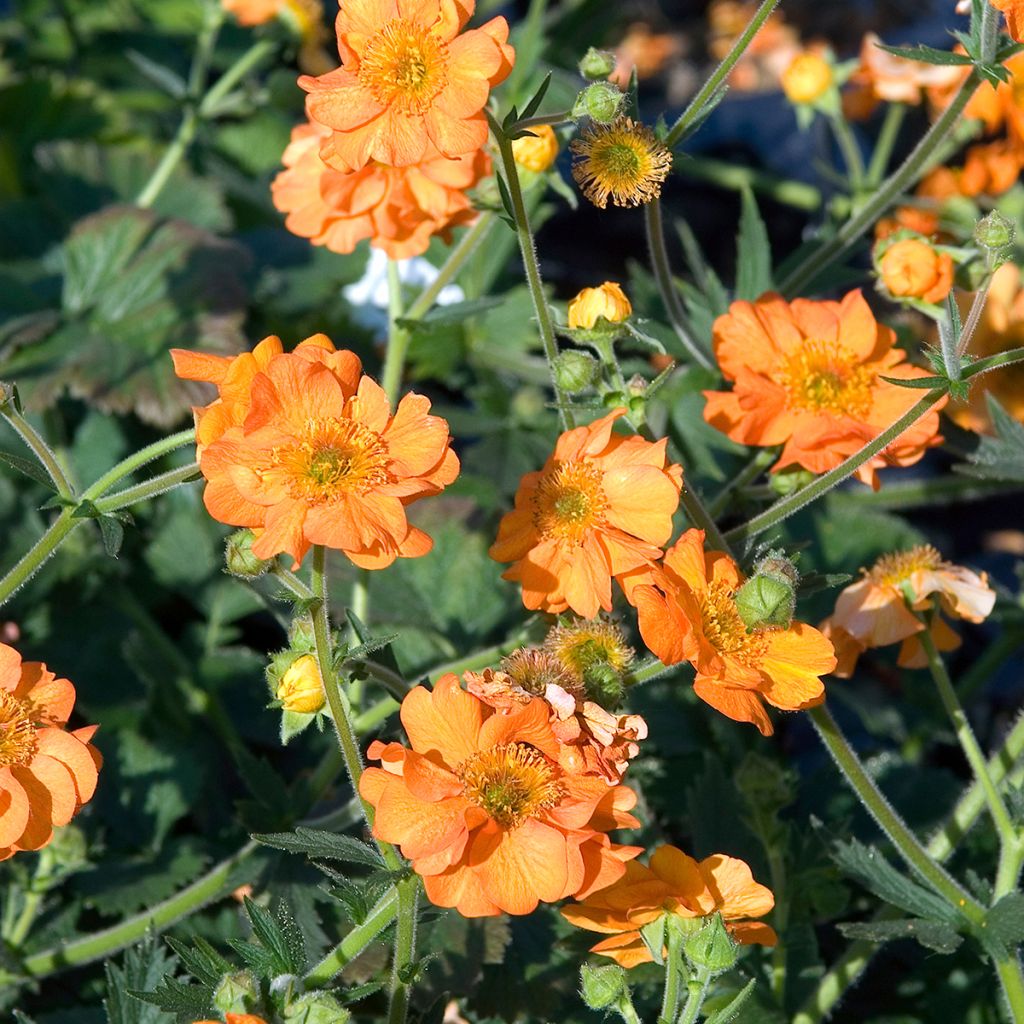

Geum chiloense Dolly North
Geum chiloense Dolly North
Geum chiloense Dolly North
Chilean Avens, Grecian Rose
well taken care of upon receipt
razibus, 12/04/2023
Special offer!
Receive a €20 voucher for any order over €90 (excluding delivery costs, credit notes, and plastic-free options)!
1- Add your favorite plants to your cart.
2- Once you have reached €90, confirm your order (you can even choose the delivery date!).
3- As soon as your order is shipped, you will receive an email containing your voucher code, valid for 3 months (90 days).
Your voucher is unique and can only be used once, for any order with a minimum value of €20, excluding delivery costs.
Can be combined with other current offers, non-divisible and non-refundable.
Home or relay delivery (depending on size and destination)
Schedule delivery date,
and select date in basket
This plant carries a 12 months recovery warranty
More information
We guarantee the quality of our plants for a full growing cycle, and will replace at our expense any plant that fails to recover under normal climatic and planting conditions.


Would this plant suit my garden?
Set up your Plantfit profile →
Description
Geum chiloense 'Dolly North' is a variety of long summer flowering avens. From June to September, a multitude of double flowers in a vibrant deep orange are carried on long, slender and branched stems, rising above a dense tuft of gracefully lobed light green leaves. This perennial, with its wild and delicate appearance, will bring intense colour to borders or edges in the sun!
Geum chiloense is a Chilean herbaceous perennial, native to Chiloé Island and belonging to the rose family. 'Dolly North' is a hybrid that forms a basal rosette of semi-evergreen, deep green, pinnate leaves that are slightly hairy and measure 20cm (8in) in length. This avens bears terminal panicles of cup-shaped, globular, double flowers measuring 5cm (2in) in diameter, in a deep orange colour, with a large golden yellow stamen cluster blending into the intense colour of the crinkled petals. With an open bushy habit, this cultivar reaches 50cm (20in) in height when in flower, with a spread of 40cm (16in). Like many long-flowering perennials, this avens is not very long-lived, so it is recommended to divide it every two to three years to keep it in the garden for a long time.
Hardy and very floriferous, the avens is an easy plant and very adaptable, suitable for sunny or semi-shaded positions, in ordinary, moist but well-drained soil. To fully enjoy its magnificent flowering, this splendid variety, 'Dolly North', will be ideally placed at the edge of borders, flowerbeds, mixed borders, in rockeries, or even in pots. Its flower stems will make beautiful bouquets. As it requires some space to develop well, it is important to leave enough clearance around its base. It will blend wonderfully with other spring and summer-flowering perennials in shades of blue or purple. Consider pairing it with more upright and rigid silhouettes such as ornamental garlic. Copper and bronze Irises, as well as the silver foliage of Artemisias, for example, will enhance the depth of its orange colour. In partial shade, it will complement Ferns, Lady's Mantles, Spurges, and Grasses. By mixing several varieties of avens together, sublime colour harmonies can be created! In the sun, it will perfectly match Dahlias, Penstemons, Lobelias, Shrub Carnations, and Hardy Geraniums.
Geum chiloense Dolly North in pictures
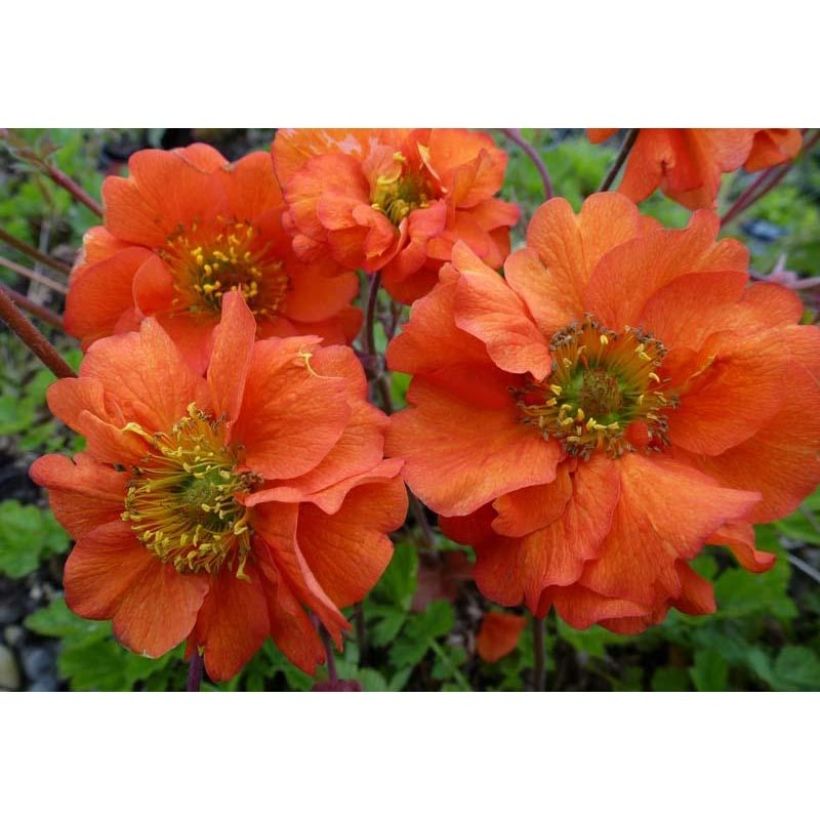

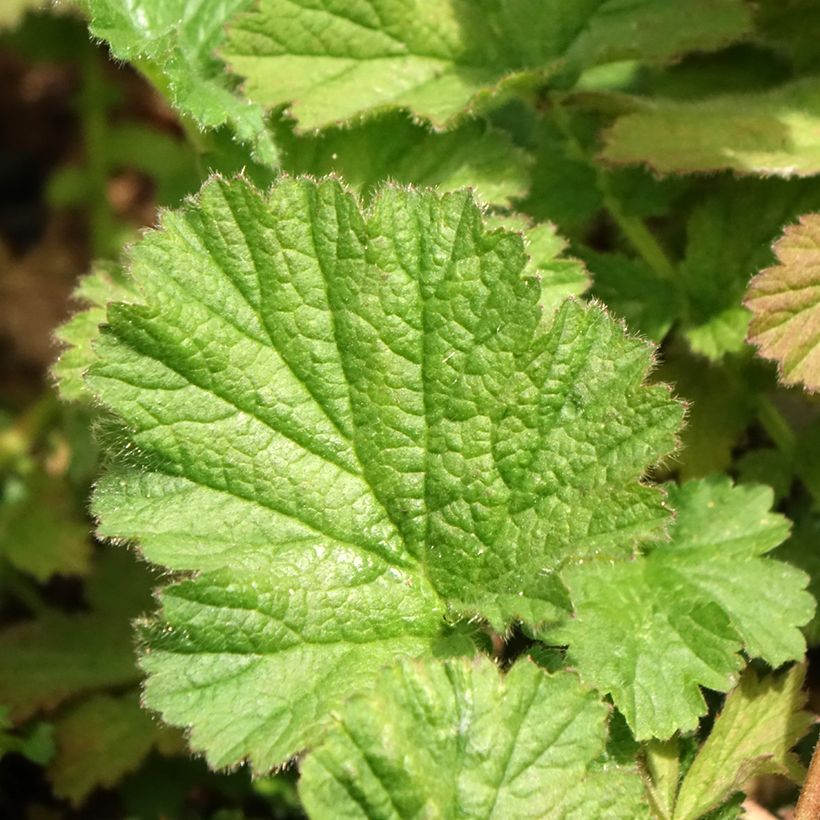

Flowering
Foliage
Plant habit
Botanical data
Geum
chiloense
Dolly North
Rosaceae
Chilean Avens, Grecian Rose
Cultivar or hybrid
Other Geum - Avens
View all →Planting and care
Geum chiloense 'Dolly North', hardy to at least -20°C (1°F), appreciates a sunny or semi-shaded location, as well as an ordinary to rich, light, moist, and well-drained soil. Geums do not tolerate winter humidity, so it is necessary to avoid waterlogged soils during winter. Planting can be done in spring or autumn. Clear a space and ensure that no other perennial can invade the base, at least for the first year. Regularly remove faded flowers to encourage the blooming of new flower buds and ensure continuous flowering. Since the lifespan of Geum is relatively short, it is advised to divide the clumps every 3 or 4 years, either in spring or autumn. Regular organic fertilization is beneficial for them. While highly resistant to diseases, Geums can sometimes be attacked by sawfly larvae, which can damage the foliage. Excessive drought can also make Geums susceptible to powdery mildew.
Planting period
Intended location
Care
Planting & care advice
-
, onOrder confirmed
Reply from on Promesse de fleurs
Similar products
Haven't found what you were looking for?
Hardiness is the lowest winter temperature a plant can endure without suffering serious damage or even dying. However, hardiness is affected by location (a sheltered area, such as a patio), protection (winter cover) and soil type (hardiness is improved by well-drained soil).

Photo Sharing Terms & Conditions
In order to encourage gardeners to interact and share their experiences, Promesse de fleurs offers various media enabling content to be uploaded onto its Site - in particular via the ‘Photo sharing’ module.
The User agrees to refrain from:
- Posting any content that is illegal, prejudicial, insulting, racist, inciteful to hatred, revisionist, contrary to public decency, that infringes on privacy or on the privacy rights of third parties, in particular the publicity rights of persons and goods, intellectual property rights, or the right to privacy.
- Submitting content on behalf of a third party;
- Impersonate the identity of a third party and/or publish any personal information about a third party;
In general, the User undertakes to refrain from any unethical behaviour.
All Content (in particular text, comments, files, images, photos, videos, creative works, etc.), which may be subject to property or intellectual property rights, image or other private rights, shall remain the property of the User, subject to the limited rights granted by the terms of the licence granted by Promesse de fleurs as stated below. Users are at liberty to publish or not to publish such Content on the Site, notably via the ‘Photo Sharing’ facility, and accept that this Content shall be made public and freely accessible, notably on the Internet.
Users further acknowledge, undertake to have ,and guarantee that they hold all necessary rights and permissions to publish such material on the Site, in particular with regard to the legislation in force pertaining to any privacy, property, intellectual property, image, or contractual rights, or rights of any other nature. By publishing such Content on the Site, Users acknowledge accepting full liability as publishers of the Content within the meaning of the law, and grant Promesse de fleurs, free of charge, an inclusive, worldwide licence for the said Content for the entire duration of its publication, including all reproduction, representation, up/downloading, displaying, performing, transmission, and storage rights.
Users also grant permission for their name to be linked to the Content and accept that this link may not always be made available.
By engaging in posting material, Users consent to their Content becoming automatically accessible on the Internet, in particular on other sites and/or blogs and/or web pages of the Promesse de fleurs site, including in particular social pages and the Promesse de fleurs catalogue.
Users may secure the removal of entrusted content free of charge by issuing a simple request via our contact form.
The flowering period indicated on our website applies to countries and regions located in USDA zone 8 (France, the United Kingdom, Ireland, the Netherlands, etc.)
It will vary according to where you live:
- In zones 9 to 10 (Italy, Spain, Greece, etc.), flowering will occur about 2 to 4 weeks earlier.
- In zones 6 to 7 (Germany, Poland, Slovenia, and lower mountainous regions), flowering will be delayed by 2 to 3 weeks.
- In zone 5 (Central Europe, Scandinavia), blooming will be delayed by 3 to 5 weeks.
In temperate climates, pruning of spring-flowering shrubs (forsythia, spireas, etc.) should be done just after flowering.
Pruning of summer-flowering shrubs (Indian Lilac, Perovskia, etc.) can be done in winter or spring.
In cold regions as well as with frost-sensitive plants, avoid pruning too early when severe frosts may still occur.
The planting period indicated on our website applies to countries and regions located in USDA zone 8 (France, United Kingdom, Ireland, Netherlands).
It will vary according to where you live:
- In Mediterranean zones (Marseille, Madrid, Milan, etc.), autumn and winter are the best planting periods.
- In continental zones (Strasbourg, Munich, Vienna, etc.), delay planting by 2 to 3 weeks in spring and bring it forward by 2 to 4 weeks in autumn.
- In mountainous regions (the Alps, Pyrenees, Carpathians, etc.), it is best to plant in late spring (May-June) or late summer (August-September).
The harvesting period indicated on our website applies to countries and regions in USDA zone 8 (France, England, Ireland, the Netherlands).
In colder areas (Scandinavia, Poland, Austria...) fruit and vegetable harvests are likely to be delayed by 3-4 weeks.
In warmer areas (Italy, Spain, Greece, etc.), harvesting will probably take place earlier, depending on weather conditions.
The sowing periods indicated on our website apply to countries and regions within USDA Zone 8 (France, UK, Ireland, Netherlands).
In colder areas (Scandinavia, Poland, Austria...), delay any outdoor sowing by 3-4 weeks, or sow under glass.
In warmer climes (Italy, Spain, Greece, etc.), bring outdoor sowing forward by a few weeks.






























